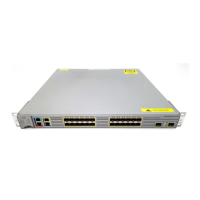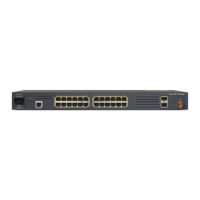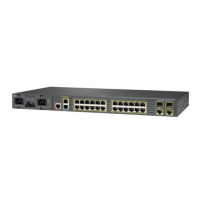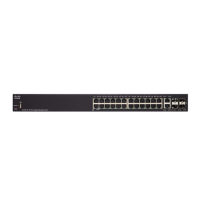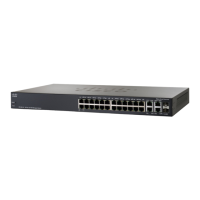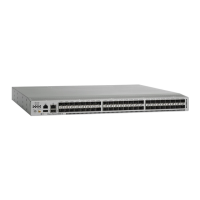11-22
Cisco ME 3800X and 3600X Switch Software Configuration Guide
OL-23400-01
Chapter 11 Configuring Ethernet Virtual Connections (EVCs)
Configuring Other Features on EFPs
configured protocols cross the service-provider network and are delivered to customer switches on the
outbound side of the service-provider network. Identical packets are received by all customer ports on
the same VLANs with these results:
• Users on each of a customer's sites can properly run STP, and every VLAN can build a correct
spanning tree based on parameters from all sites and not just from the local site.
• CDP discovers and shows information about the other Cisco devices connected through the
service-provider network.
• VTP provides consistent VLAN configuration throughout the customer network, propagating to all
switches through the service provider that support VTP.
Customers use Layer 2 protocol tunneling to tunnel BPDUs through a service-provider network without
interfering with internal provider network BPDUs.
Note On ME 3800X and ME 3600X switches, Layer 2 protocol tunneling is supported on EFPs, but not on
switchports.
In Figure 11-3, Customer X has four switches in the same VLAN, which are connected through the
service-provider network. If the network does not tunnel PDUs, switches on the far ends of the network
cannot properly run STP, CDP, and other Layer 2 protocols. For example, STP for a VLAN on a switch
in Customer X, Site 1, will build a spanning tree on the switches at that site without considering
convergence parameters based on Customer X's switch in Site 2. This could result in the topology shown
in Figure 11-4.
Figure 11-3 Layer 2 Protocol Tunneling
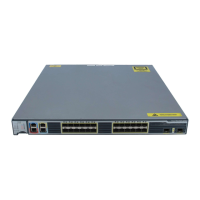
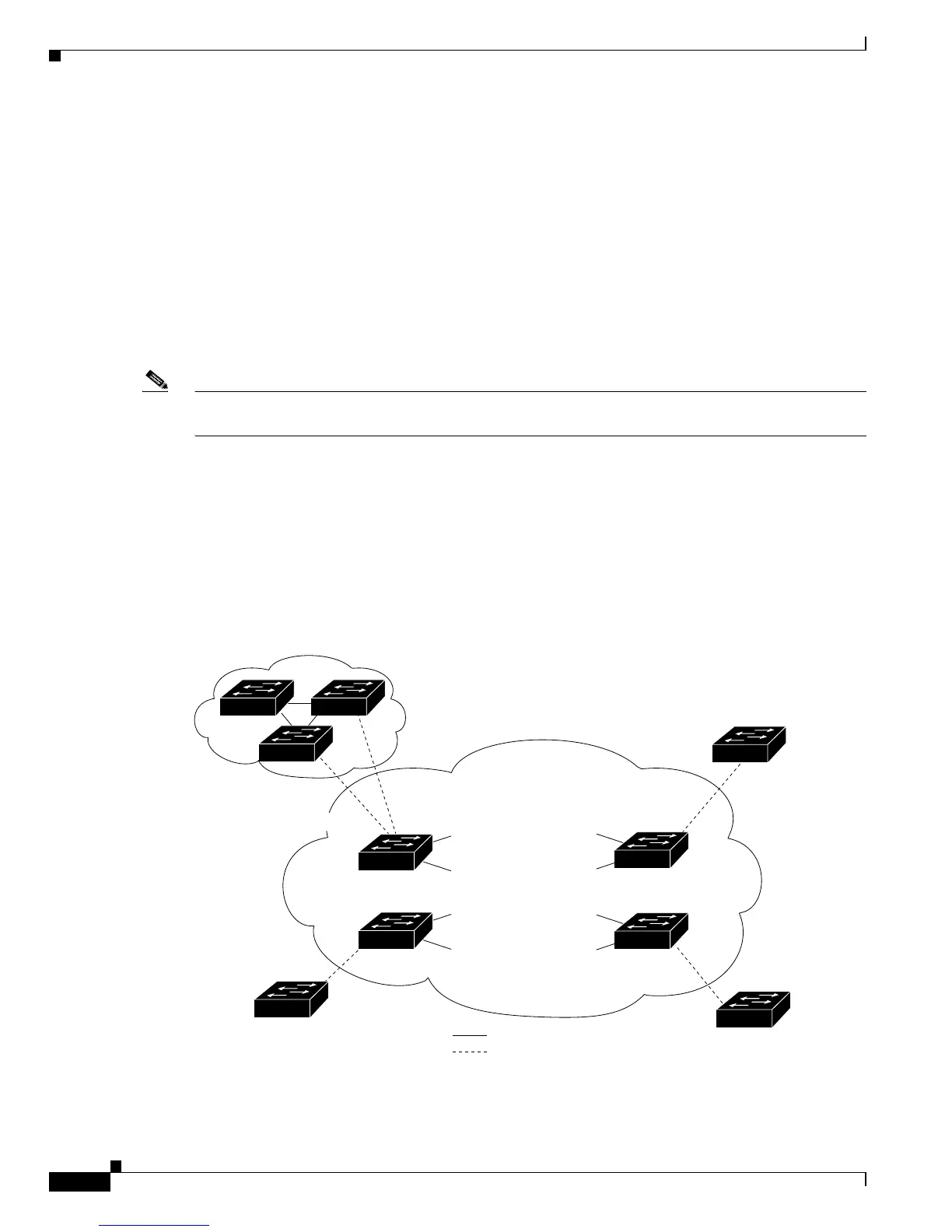